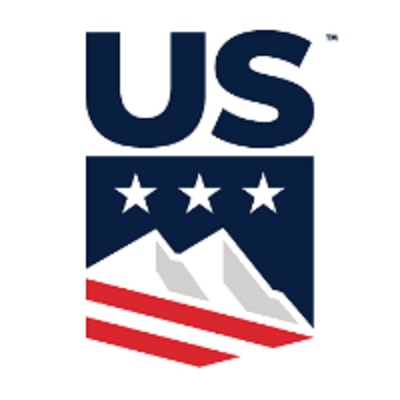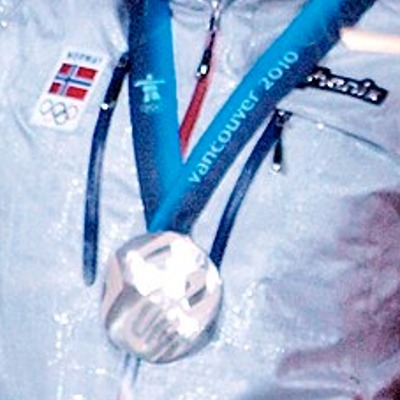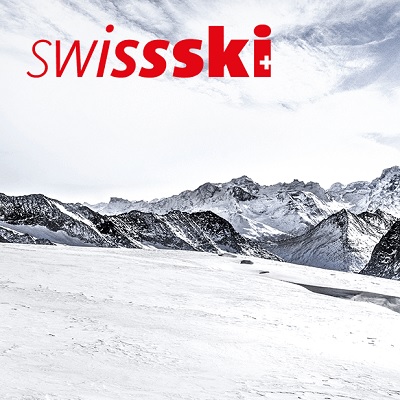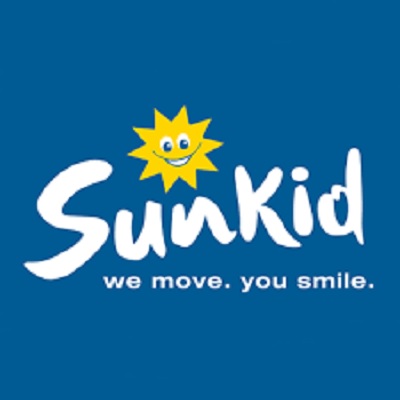Skiwelt Wilder Kaiser - Brixental Celebrates 44 years. “Collaboration Instead Of Church Tower Thinking”
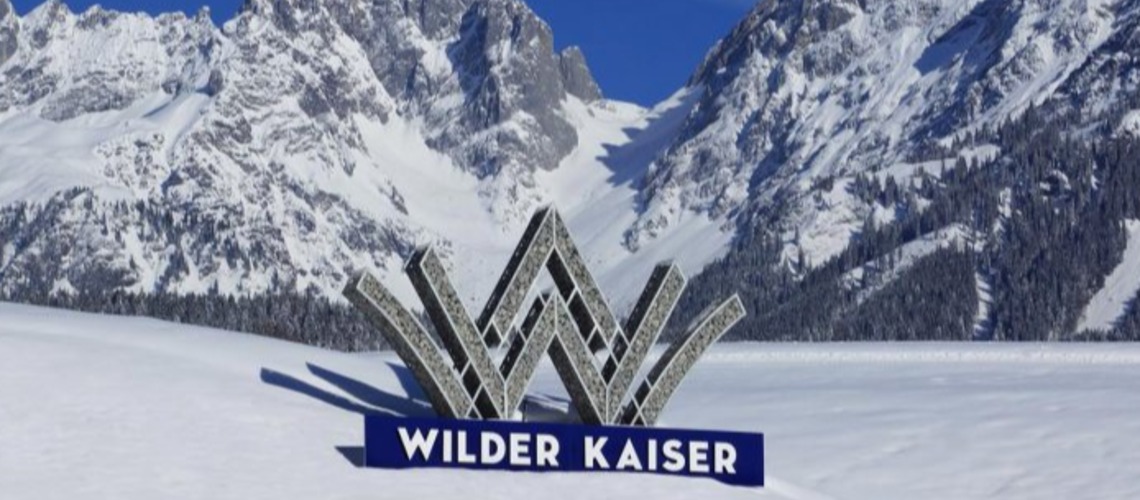
An unparalleled success story began 44 years ago: In 1977, the mountain railways from six locations between Brixental and Wilder Kaiser merged: The SkiWelt Wilder Kaiser - Brixental was born.
The SkiWelt has always been a community project, founded by visionaries and regional thinkers, which has always acted as a motor for an entire region. The SkiWelt mountain railway companies alone have invested more than half a billion euros in the region since 1977 and created countless jobs.
Behind the successful SkiWelt brand, however, the people and the cooperation between the SkiWelt colleagues have always been on an equal footing. The focus was on the personal commitment and far-sightedness of many shareholders, the cooperation with landowners, hut keepers, tourism professionals and many committed people. From the pioneers in the tough early years to around 500 committed employees today, the SkiWelt is a joint successful project that is firmly anchored in the region and an important part of the identity of an entire region. Of course, ultimately it is the economic success of the cooperation that counts. However, without putting the community with handshake quality within the SkiWelt family, personal contact with each other and the common interest above one's own,
NINE PLACES UNDER ONE ROOF
Today the SkiWelt is one of the largest and most modern ski areas in the world and is also one of the most successful ski destinations in the world. The merger of independent mountain railway companies was initially ridiculed by others, but has long been regarded as a model for the trendy ski area mergers. The beginnings were rather modest. The area around Hohe Salve, Zinsberg, Hartkaiser and Astberg was rather unknown as a winter sports area. The construction of the first lift in 1947 heralded the entry into the world of skiing in Brixental. Groundbreaking innovations were also needed back then. In 1947, for example, with a length of 2,830 meters, the longest chairlift in Europe was built in Hopfgarten and in 1948 Austria's largest ski lift was built in Westendorf, with which 22,289 people were transported in 1948/49. Systems in Söll, Scheffau, Brixen, Ellmau and Going, and later Itter, followed in the years and decades to come. Time and again, groundbreaking mountain railway projects have been implemented in the SkiWelt, such as Europe's longest funicular in Ellmau in 1970, Europe's first 8-seater chairlift in Söll in 1988 and the world's first solar-powered lift in Brixen im Thale in 2008.
1977: THE FIRST JOINT TICKET FOR THE ENTIRE SKI AREA
The first collaborations arose in the 1970s, the first joint card was introduced in 1973/74, before the merger to form the "Greater Ski Area Wilder Kaiser - Brixental" took place in 1977. For the first time, winter sports enthusiasts could now be offered the entire ski area with a single ticket - from the one-day ticket to the season ticket. In one fell swoop, the SkiWelt (in 1990 this name replaced the old name "Ski Area") became the largest connected ski area in Austria and one of the largest in the world.
CONTINUOUS EXPANSION, MODERNIZATION AND COMFORT-OFFENSIVE
The systems were expanded and modernized year after year. New slopes and an ever-increasing variety of slopes created ever more convenient connections between the individual SkiWelt locations and new experiences were always offered. After a few winters with little snow, the first snow systems were installed in the 1990s and gradually expanded. In the meantime, 16 snow ponds have been built, always with nature and ecology in mind. Speaking of which, 100% of the electricity used in the ski area and snow production is green energy from Tyrolean hydropower. In autumn 2017, the ecology prize at “The Telegraph World Snow Awards” was awarded to a ski area for the first time by a well-known international journalists' committee, thus honoring the SkiWelt Wilder Kaiser-Brixental for its long-term efforts.
Ever since the beginning, investments in comfort have been on the SkiWelt's agenda: old feeder lifts have been replaced by modern gondola lifts, and most surface lifts have been replaced by comfortable chair lifts. Parking garages, ski depots, investments in WiFi and adventure offers followed, but also more and more technical use for even more guaranteed snow and perfect slope preparation. Ecological criteria are increasingly coming to the fore: The SkiWelt has been operated exclusively with 100% green electricity for many years. Only 100% green electricity and pure drinking water is used for snowmaking, which is returned to the natural cycle after the snow has melted. The GPS snow measurement system, which has been in use throughout the country for many years, also enables snowmaking and slope preparation to be particularly resource-saving (around 20% savings). For these and many other projects, the SkiWelt has been consistently recognized by various international media as "ecological ski area of the year" or as "most environmentally friendly ski operation" since 2017. Those responsible at SkiWelt are of course particularly pleased about these awards and at the same time they are an incentive to continuously set new accents.
Did you know that?
- Investment volume: over 590 million euros (in the last 44 years)
- Employees: approx. 500 in winter / over 250 in summer (mainly locals and permanent staff
- Skierdays: 2.35 MILLION in winter (November - April)
- In summer: The largest mountain adventure offer in the Alps (May - November) | 7 Mountain Adventure Worlds | 15 adventure railways | 1 mountain railway experience ticket (1 - 14 days + season ticket) | up to 15,000 people / day










